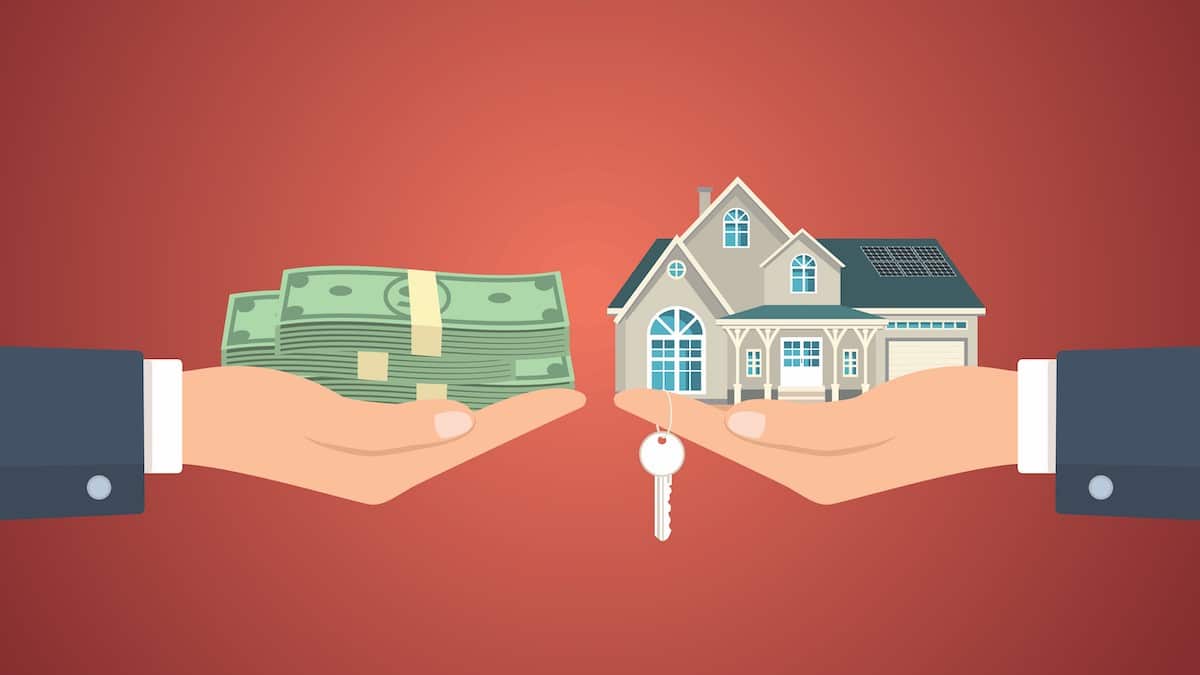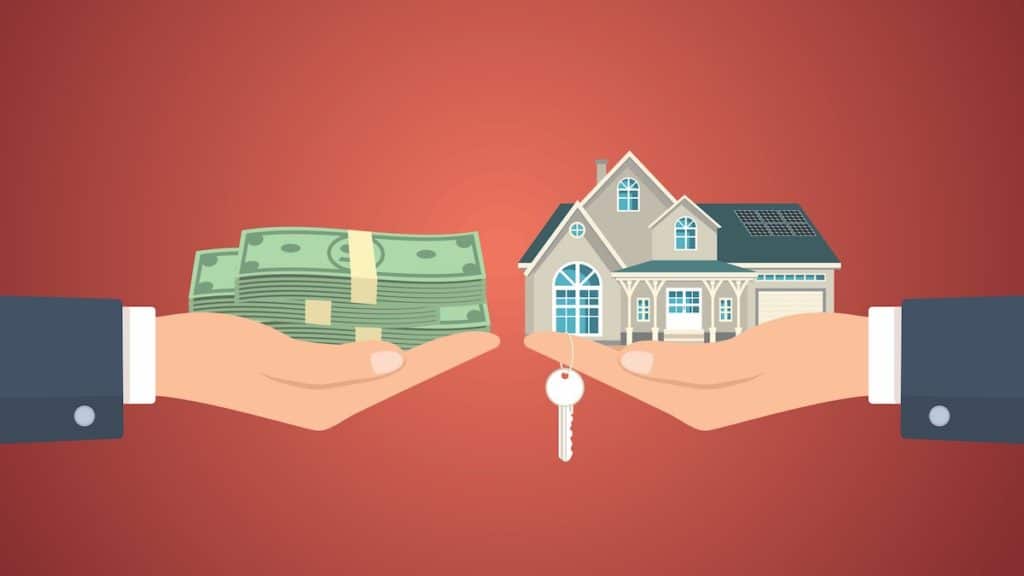
New Residential Construction, Housing Market Continue to Defy COVID and Forecasts

Washington, D.C. (PPD) — The U.S. Census Bureau and the U.S. Department of Housing and Urban Development (HUD) jointly reported the new residential sales statistics for August 2020. New home sales of single-family houses soared 4.8% (±10.5%) to a seasonally adjusted annual rate of 1,011,000 in August, the highest level since September 2006.
That figure far surpassed the consensus forecast and comes after an upwardly revised seasonally adjusted annual rate of 965,000 in July, up from the initially reported 13.9% gain of 901,000. Forecasts ranged from a low of 820,000 to a high of 950,000. The consensus forecast was 875,000.
The median sales price of new houses sold was $312,800 in August. The average sales price was $369,000. The seasonally-adjusted estimate of new houses for sale at the end of August came in at 282,000, representing a supply of 3.3 months at the current sales rate.
Housing Primed to Lead Economic Recovery
As People’s Pundit Daily (PPD) recently reported, indicators widely show the U.S. housing market is “booming”, surpassing pre-pandemic levels and expectations. Experts now foresee housing leading the economic recovery and have raised growth forecasts for the sector.
The NAHB Housing Market Index (HMI) reported builder confidence unexpectedly rose another 5 points to 83 in September, smashing the all-time high and beating the consensus forecast. The HMI started 2020 at a 20-year high.
The National Association of Realtors (NAR) reported existing home sales in August hit the highest level since December 2006. The stronger-than-expected increase for the third consecutive month followed a record 24.7% gain in July.
The Pending Home Sales Index (PHSI) surged more than three times the consensus forecast by 16.6% in June, after soaring a record 44.3% in May. The PHSI rose another 5.9% in July.
New residential construction statistics for housing starts and building permits skyrocketed in July, despite lingering effects due to coronavirus (COVID-19). The former gained 22.6% (±14.7%) and the latter 18.8% (±1.1%), respectively.






